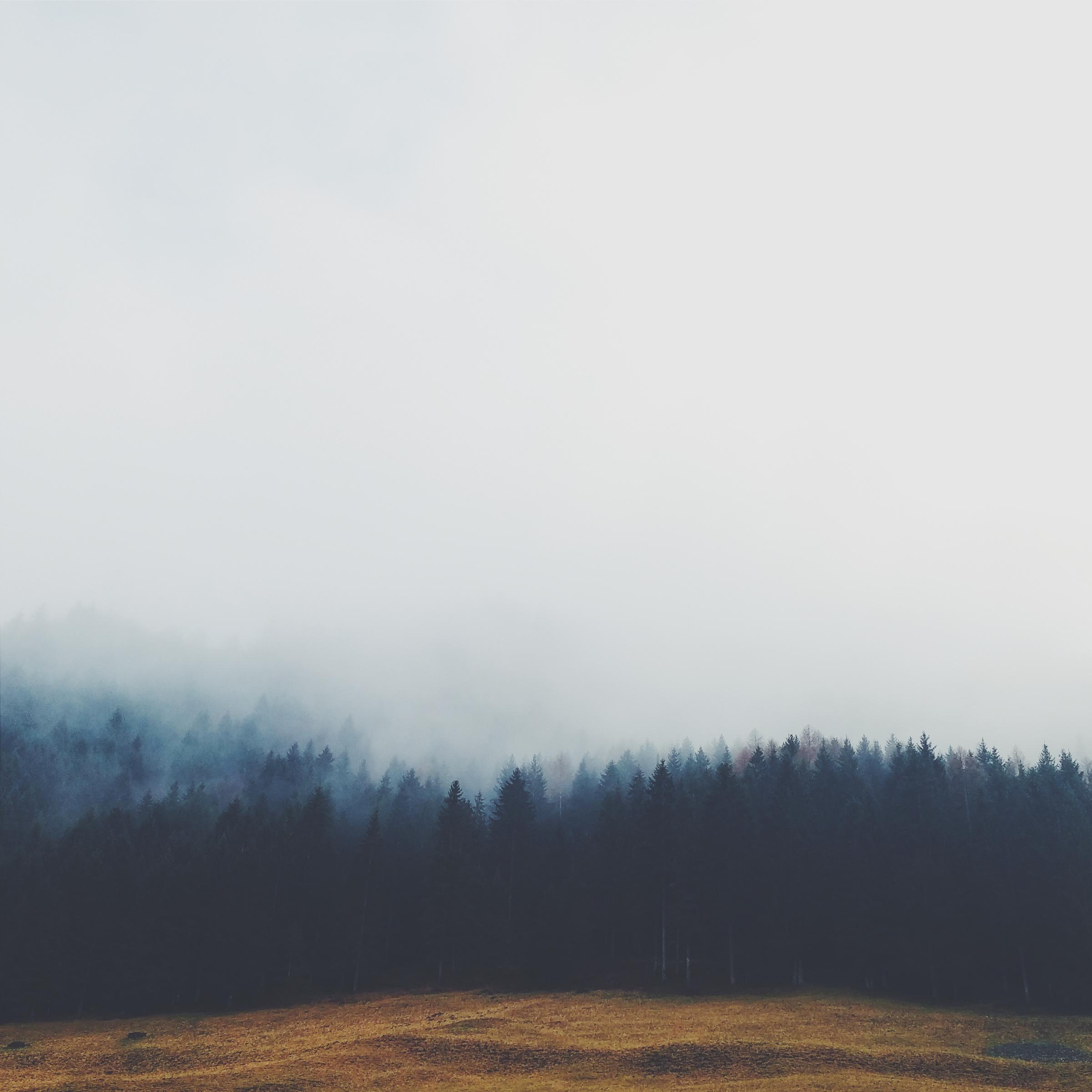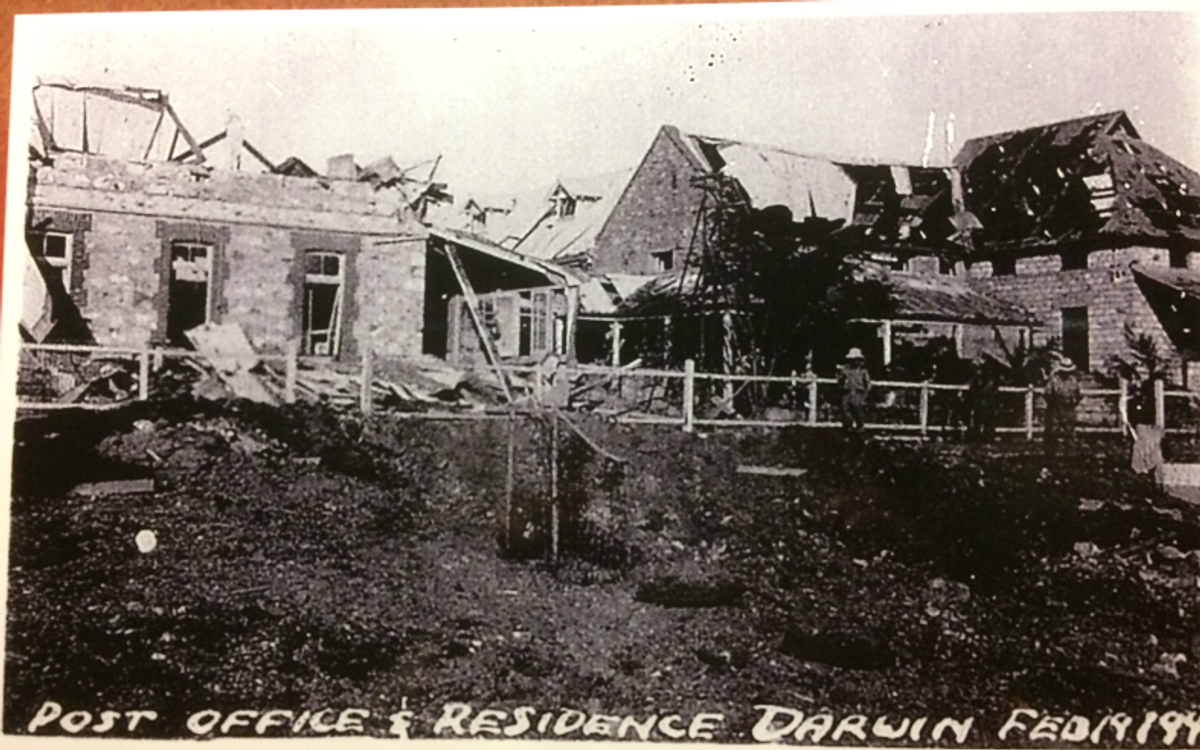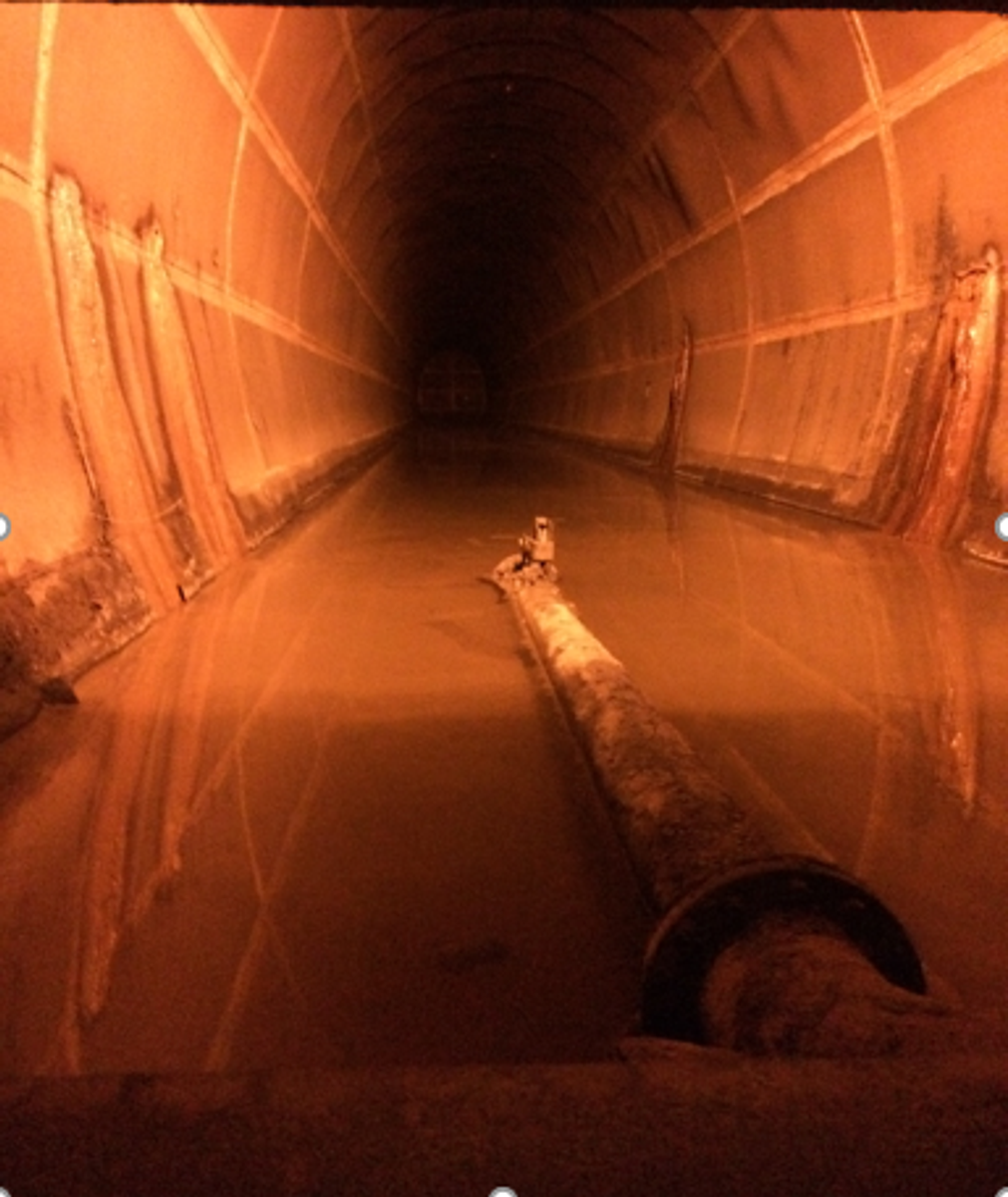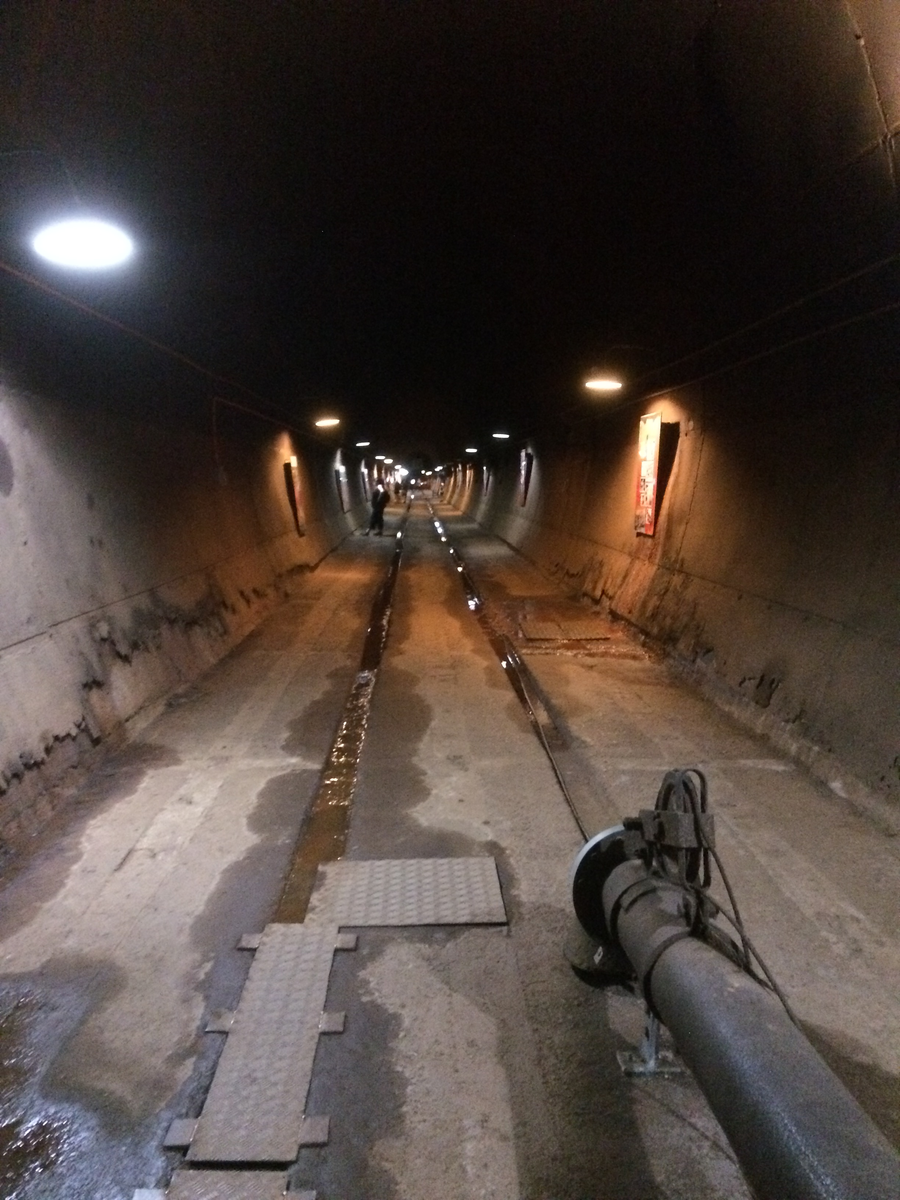Humanities
75th Anniversary of Victory in the Pacific and the end of WWII

Humanities
75th Anniversary of Victory in the Pacific and the end of WWII
Saturday, 15 August 2020 marked the 75th anniversary of Victory in the Pacific or VP as it is commonly known.
Whilst all that is going on around us at the moment, it is also be a good time to stop and remember the one million Australians who served in the Second World War both on the home front and overseas to protect our nation.
I was lucky enough to travel to Darwin last year to visit the Darwin Military Museum which has multimedia presentations and memorabilia of the Darwin Experience, highlighting what Australian went through, especially in Darwin when it was bombed, along with Townsville and Broome.
The bombing of Darwin, on 19th February, 1942 was the largest single attack ever mounted on Australia. On that day, 242 Japanese aircraft, in two separate raids, attacked the town, the ships in Darwin’s Habour and the town’s two airfields.
In addition to this on 3rd March, 9 Japanese fighters attacked the town of Broome and then on 25/26 July air raids were made on Townsville and then on Mossman on 31st July.
The two Japanese air raids on Darwin were the first, and largest, of almost 100 air raids against Australia during 1942-43. Over this period of time, Japanese submarines attacked merchant vessels off the eastern coast of Australia. .
The movie ‘Australia’ has some scenes relating to the Bombing of Darwin and is a good modern movie to watch if you want to watch some segments that relate to Australian War History.
A preview of this section of the movie can be watched on youtube at:
Australia (4/5) Movie CLIP - The Bombing of Darwin (2008) HD
https://www.youtube.com/watch?v=4Z5rOXxjRWI
Whilst in Darwin I also visited the WWll Oil Tunnels built during the war.
The Japanese air raids of 19 February 1942, 16 March 1942 and 16 June 1942 destroyed 7 of the 11 above-ground oil storage tanks that were located on Stokes Hill Wharf. Five tunnels were eventually built in secret by 400 men. A number of issues were encountered including flooding and engineering problems, which meant that only five of the eight proposed tunnels were constructed.
The horseshoe-shaped steel-lined concrete formed tunnels were initially excavated by hand using picks and shovels and hand-held pneumatic tools. By the time the tunnels were completed the risk from bombing had gone and the tunnels never stored oil. Today tunnel 5 and 6 are open for visitors to visit
This is just a small perspective of WWII when it hit our shores, there are many, many stories that can be told. But it is places like this in Darwin, that help us to remember our history and for that we should be thankful to those who served to help us. Regardless of the struggles we are going through today, we need to think back to how life would have been during WWII; for those who stayed at home to help, those who went overseas and some of those who never returned.
To acknowledge the significance of the 75th anniversary of the end of the Second World War, the Department of Veterans’ Affairs (DVA) has also produced a Commemorative Medallion and Certificate of Commemoration. These are available to every living veteran of the Second World War. Applications are now available and can be made through the DVA website at dva.gov.au or for those without access to the internet, by phone on:
02 6191 8217.
With some 12,000 Second World War veterans still alive today, Greensborough College believes that is important to encourage all Australians to remember this important time in our history and to recognise them for their contribution to Australia.
Sharyn Campbell,
Humanities Domain Leader
(Please note the photos were taken on my phone whist visiting both sites in Darwin and are not reproduced from photos on websites, they were taken with interest by me whilst at these sites).







